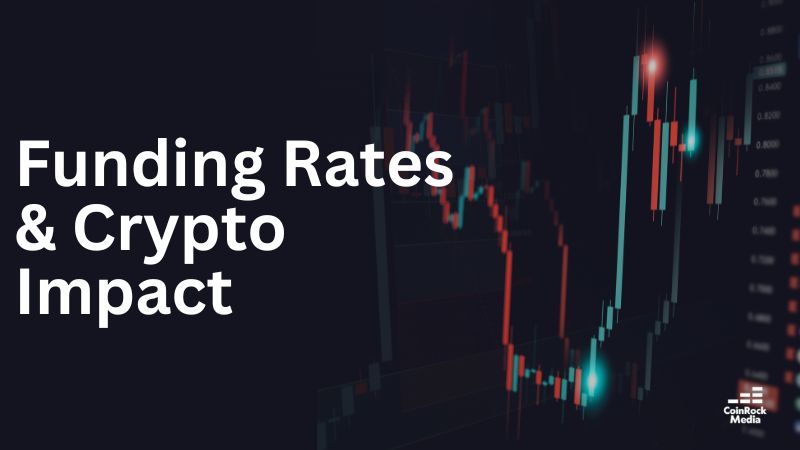Fiscal policy is one of the most important tools governments use to control the economy. It influences everything from growth rates to unemployment and inflation. But how does it work?
At its core, fiscal policy revolves around two main areas—government spending and taxation. This guide will break down the basics of fiscal policy and explore how it shapes a country’s economy, all in simple terms.
What is Fiscal Policy?
Fiscal policy refers to how a government adjusts its spending and taxation levels to influence a nation’s economy. It’s a balancing act designed to maintain economic stability and growth. It is the government’s roadmap to achieving a healthy, thriving economy.
- Expansionary Fiscal Policy – Used to stimulate the economy by increasing government spending or cutting taxes.
- Contractionary Fiscal Policy – Aimed to slow inflation or reduce government debt by cutting spending or raising taxes.
Why is Fiscal Policy Important?
Fiscal policy is essential for economic stability. Through strategic adjustments, the government can manage various objectives, including:
- Boosting economic growth during downturns.
- Stabilizing inflation by controlling excessive demand.
- Reducing unemployment through job creation and investments in public works.
- Maintaining fiscal responsibility, such as managing debt levels to sustainable limits.
A well-implemented fiscal policy stabilises the economy and builds public confidence in the government’s ability to act during economic swings.
Government Spending Explained
Government spending is a significant component of fiscal policy and is a powerful driver of economic activity. Spending can range from building infrastructure, funding education and healthcare, to providing social security benefits.
Key areas of government spending include:
- Public Services – Investments in schools, hospitals, and public transport.
- Infrastructure Development – Building roads, bridges, and energy systems to boost economic capability.
- Defense and Security – Ensuring the nation’s safety through military and police funding.
- Welfare Programs – Support those in need, like unemployment benefits or food assistance.
Governments’ spending creates jobs, stimulates demand, and boosts overall economic activity.
Understanding Taxation
Taxation is the process through which governments collect revenue from individuals and corporations to fund public services and economic programs.
- Income Tax – Determined by an individual’s wages.
- Corporate Tax – Paid by businesses on their profits.
- Sales Tax – Paid on goods and services.
- Property Tax – Levied on land or buildings.
By adjusting tax rates, governments can influence consumer spending and business investments. For example, lower taxes give individuals and businesses more disposable income—encouraging spending and economic growth.
The Relationship Between Spending and Taxation
Government spending and taxation are interconnected. When governments fund new projects or increase welfare, they often need to raise taxes, borrow money, or cut spending in other areas.
The goal is to find the right balance between these two tools to nurture economic growth without significantly increasing debt levels. For example, cutting taxes while increasing spending could stimulate growth, but if done excessively, it could result in higher deficits and inflation.
Real-Life Examples of Fiscal Policy
Fiscal policy isn’t just theory—it plays out in real-world scenarios, such as:
- The New Deal in the 1930s – The U.S. government used aggressive public spending to combat the Great Depression.
- Economic Stimulus During the 2008 Financial Crisis – Many countries injected billions of dollars into their economies through large infrastructure projects and tax cuts.
- Pandemic Relief in 2020 – Governments provided economic stimulus checks, unemployment benefits, and loan support to help people and businesses during the COVID-19 crisis.
These examples highlight the adaptability of fiscal policy to address unique challenges.
Challenges in Implementing Fiscal Policy
While fiscal policy is a powerful tool, it comes with challenges:
- Timing Issues – Policies may take time to implement, delaying their effects.
- Deficit Concerns – Excessive spending can lead to mounting national debt.
- Unintended Consequences – For example, tax cuts might lead to higher inequality if not appropriately targeted.
- Political Influence – Different political groups may have conflicting views on allocating funds.
Careful planning, monitoring, and flexibility are required for fiscal policy to work effectively.
How Fiscal Policy Impacts Everyday Life
You may not directly notice fiscal policy in action, but its effects are everywhere. Here’s how it touches your daily life:
- Employment opportunities may increase due to government investment in public works.
- Tax changes influence how much money you take home and what you can afford.
- Welfare programs can provide financial safety nets during tough times.
- Improved infrastructure, like better roads or schools, enhances overall quality of life.
The ultimate aim is to ensure a stable and thriving economy, benefiting everyone from businesses to individuals.
Fiscal Policy’s Impact on Economic Growth
Fiscal policy is one of the cornerstones of economic growth. Well-planned strategies ensure productive investments, encourage consumer spending, and minimize risks like inflation or recession. By supporting education, healthcare, and innovation, fiscal policy lays the foundation for long-term prosperity.
Conclusion
Fiscal policy is a vital tool that influences the health of the economy through careful management of spending and taxation. When used strategically, it can stabilize the economy, address unemployment, and boost growth.
Understanding fiscal policy gives valuable insights into how governments shape our daily lives and the economy. Whether it’s funding a local school or responding to a global crisis, fiscal policy is always at play.
Want to stay informed about the latest economic trends and government policies? Don’t forget to subscribe to our newsletter for insights delivered straight to your inbox!





